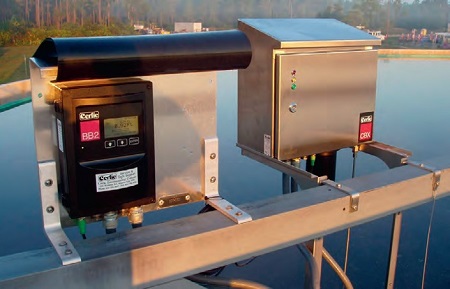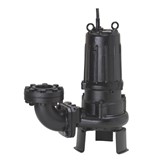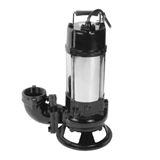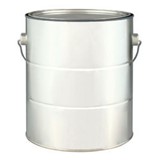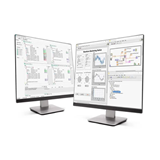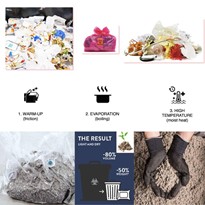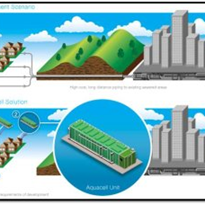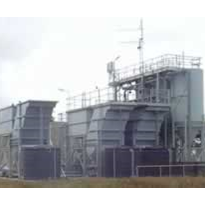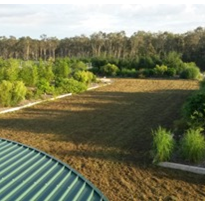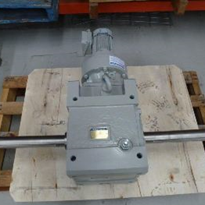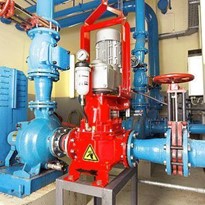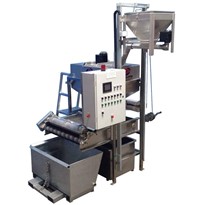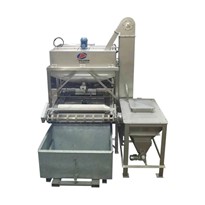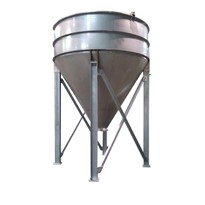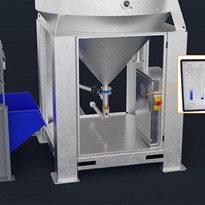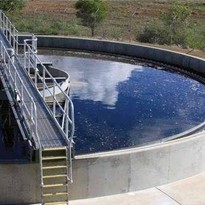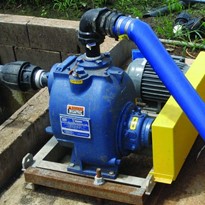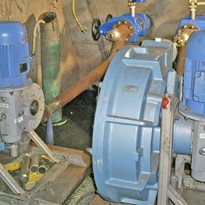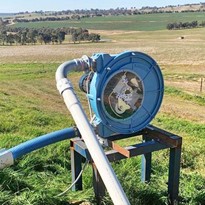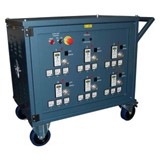In this article, Ben Metman from Control Components explains why and how measuring and monitoring sludge can provide optimum efficiency for the process.
Aside from lessening the environmental impact of human waste, modern wastewater treatment plants (WWTP) have embraced advances in science and technology that allow significant, positive inputs, such as energy for the plant (e.g., biogas such as methane) and in some cases even revenue streams from processed biosolids (e.g., nutrient-rich fertiliser for farming).
In order for these advanced systems to work effectively, one of the most crucial parameters for plant operators to monitor is the total solids or sludge as it moves through the plant.
Why is sludge measurement so important?
Although the composition and concentration of sludge varies throughout the treatment pathway (primary, secondary and even tertiary stages), understanding the settling characteristics of sludge is critical if the plant is to optimise control. Primary sedimentation, biological stages, secondary treatment, effluent quality and subsequent sludge handling are all greatly affected by how well the settling has been achieved and, importantly, monitored.
By measuring sludge levels in both primary and secondary sedimentation tanks, operators may be able to ensure sludge extraction pumps are used efficiently and excess poorly settled sludge doesn't wash out into effluent paths.
By measuring sludge levels, operators can study sedimentation characteristics of suspended solids in the plant; understand sensitivities due to disturbances; and manage sludge levels to allow sufficient buffering for incoming hydraulic load variations.
During periods of high hydraulic loading (eg, after a storm), poor-quality or slowly settling 'fluff' sludge is at risk of removal. This will cause more rapid clogging of sand filters, which increases the need for backwashing, thereby increasing pump loads and electricity usage. If sand filters are not present, it could lead to expensive failure of effluent quality.
Further sludge-handling processes such as thickeners and dewatering equipment will all perform better when fed with higher-concentration total solids sludge. More diluted, lower-concentration sludge will require the increased dosing of expensive polymer dosing in thickeners, increase heating costs of digesters and require more chemical and mechanical processing in dewatered stages; not to mention increased pumping costs required to send increased reject water volume from these steps for reprocessing.
By measuring the actual height of a given total suspended solids concentration in sedimentation tanks, an operator can ensure they only extract and waste the desired higher concentration of sludge, leaving lower concentrations to remain for additional sedimentation.
Why automate?
While no two WWTPs are identical, the push to improve efficiency through automation and improved process control is a common theme.
Aside from obvious labour savings, relying solely on manual sampling means that thorough analysis of plant characteristics and trends is limited to the frequency of sampling.
In a WWTP with continuous, automatic measurement of critical process variables, there is a wealth of feedback which creates a robustness of system control, capable of rapidly identifying disturbances or operational problems.
Sludge blanket level measuring
In the early 1980s, Cerlic first patented near infrared (NIR) transmission of light (optical) sensors for measuring suspended solids concentrations.
Unlike existing turbidity sensors, NIR sensors are immune to changes in particle shape and reflectivity and don't require colour compensation or other indirect assumptions to measure concentrations.
With NIR technology, only particles over a certain size (40 μm) will block the transmission of the specific wavelength (880 nm) - this means sensors can provide a direct measurement of suspended solids concentration in mg/L, parts per million (ppm) or % TSS (suspended solids concentration).
In 2008, the CBX sludge blanket meter was specifically designed to accurately measure the level of floating fluff (unsettled sludge) and sludge level, along with the full sludge profile within a sedimentation tank.
How the sludge blanket meter works
Following an input signal such as the passing of a rake, the sensor is automatically lowered into the sedimentation tank as it continuously measures the suspended solids concentration as a function of the sensor depth (up to 10 m). Like a yoyo, the optical sensor is then retracted back into the CBX enclosure. As the cable and sensor are retracted they are automatically sprayed clean with pressurised water to prevent the need for manual cleaning by operators.
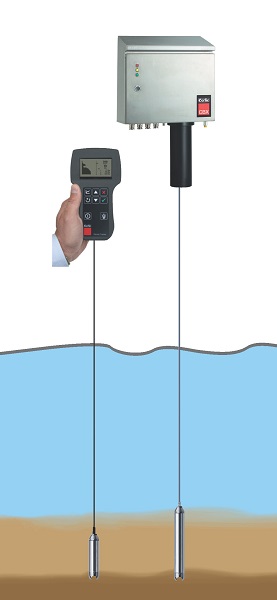 |
| Figure 2: CBX system. |
Unlike ultrasonic sludge blanket sensors that have their echo calibrated to a certain density which is indirectly related to the level of sludge, the CBX is programmed by operators with TSS concentrations that correlate to the desired fluff and sludge concentrations required to prevent suspended solids extraction in effluent and optimise sludge concentration for extraction.
| As the sensor is lowered, it directly reads suspended solids concentration, reporting back (4-20 mA or Profibus DP) the level at which each of the target concentrations has been found. This means that changes in fluff, sludge density and the presence of tank scrapers don't impede readings or introduce the need for further filtering correction (such as averaging). | 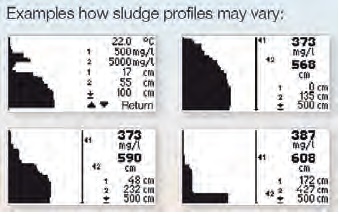 |
As real-time depth versus concentration is measured, both the sensor's local display and a WWTP SCADA control system are able to plot a full sludge profile through the entire tank (see Examples how sludge profiles may vary).
Read the complete white paper


